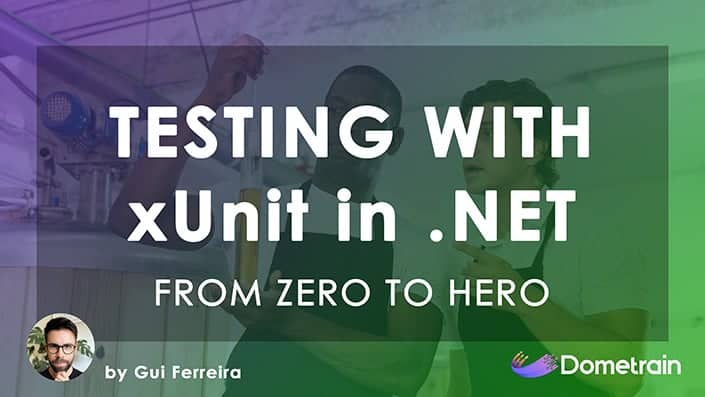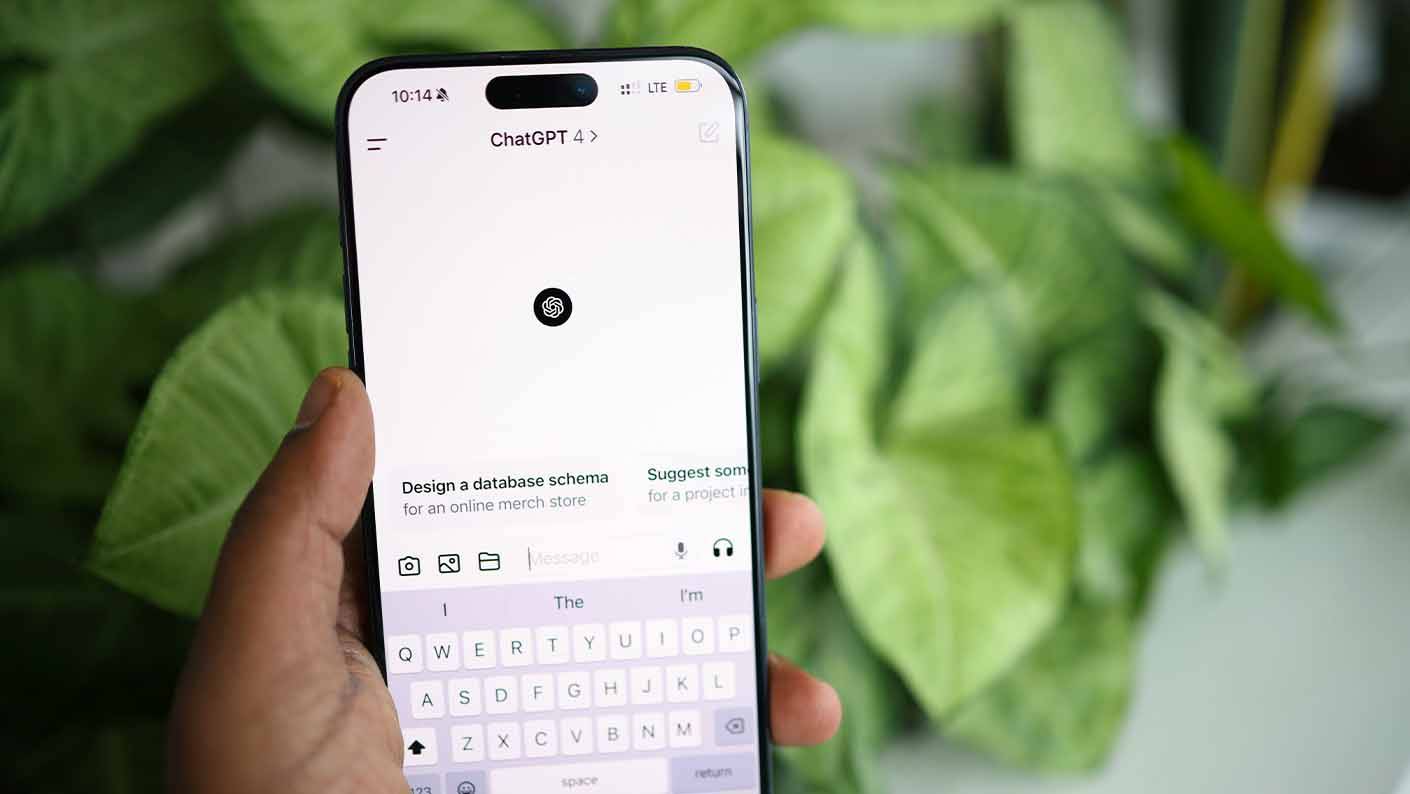From Zero to Hero: REST APIs in .NET
Build REST APIs the way billion-dollar companies do
About This Course
When people say, "I want to build an API", nowadays, they almost always mean a REST API. RESTful APIs have been the dominant way of building APIs nowadays and for a good reason. Their properties make them scalable and robust for the modern world of distributed computing, and even though they are far from the only way of building APIs, they are the most popular by a wide margin. In this course, Nick will teach you how to build REST APIs based on his experience building them for millions of users in billion-dollar companies.
Course Curriculum
Meet Your Instructor
© 2025 Dometrain. All rights reserved.












